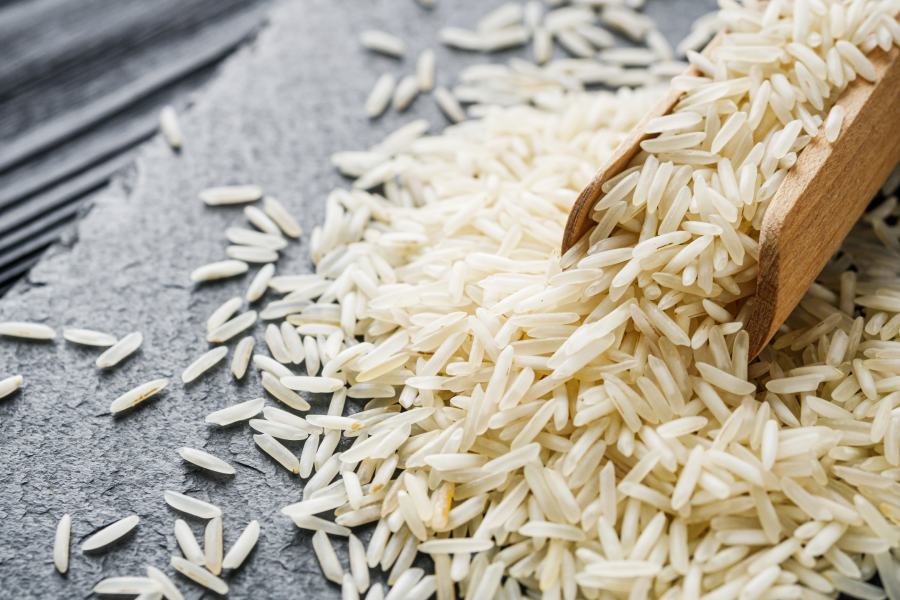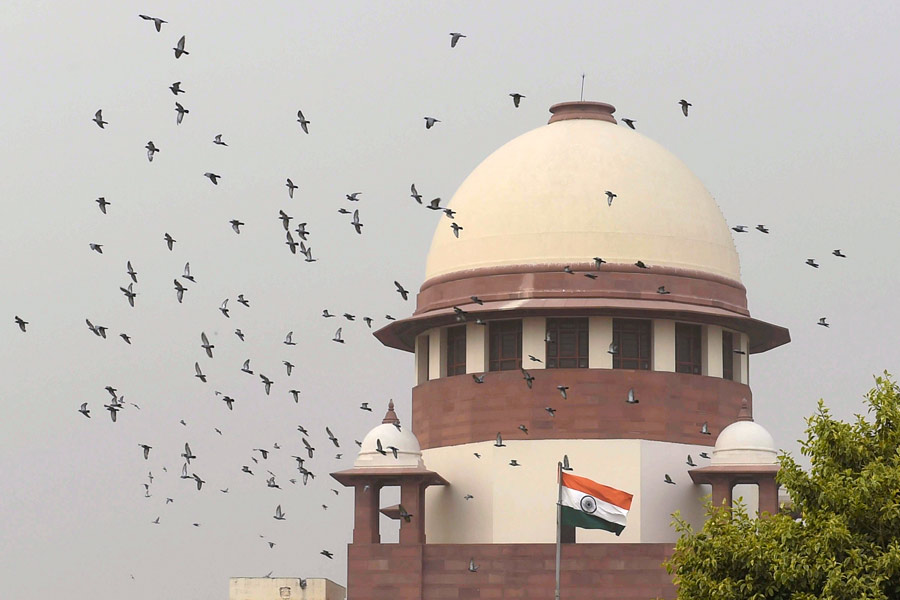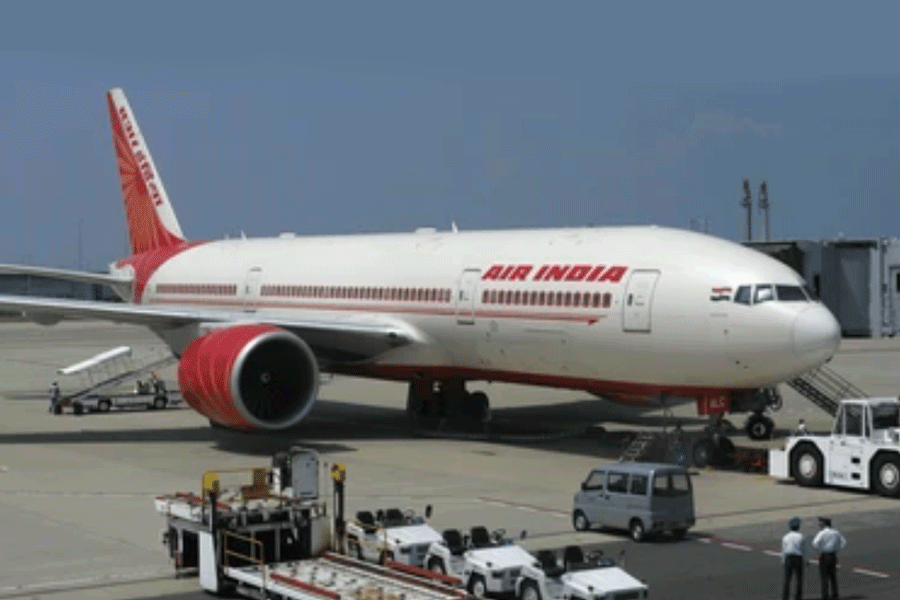 |
When Asha Jain gave a distraught call to a drug de-addiction centre in Bangalore last year, her husband, Sanjay, had already sunk to the last stages of alcohol addiction. He had been hooked to alcohol for 10 years, had isolated himself in his room in his posh Parel flat and had no interaction with his wife or three-year-old son. The last straw for the wife was when he made indecent overtures to the domestic help.
Following the call, two nurses and two counsellors from Bangalore’s CAIM (Chemical Addiction Information and Monitoring) Treatment and Recovery Centre rushed to Mumbai to bring Jain back for treatment. “We had to tie him up and bring him as he refused treatment and denied that he had a problem,” says Aparna Medhi, director, CAIM.
Asha Jain was more open to treatment. “She accepted that her husband’s alcoholism had affected her too,” says Medhi. Asha signed up for CAIM’s family counselling programme and also joined a worldwide family support group of wives of alcoholics. “She was open to understanding the dynamics of the disease. She didn’t make her husband’s treatment a scapegoat to fill the void that a co-dependent feels when the addict is out of her life,” adds Medhi. Sanjay recovered completely in one year.
The drug de-addiction programme at Bangalore’s CAIM Treatment and Recovery Centre cures the family along with the addict. Curing the addict is only half the job done, says Jayant Shah, founder of CAIM and himself a recovered addict. “The family of an addict is full of shame and guilt. They don’t attend social occasions, fearing unwanted questions and advice. They live isolated lives,” adds Shah.
According to a survey done by the Social Welfare Department, government of India, there are 60 million drug addicts in India. And there are seven co-sufferers per addict. “That puts the number of people affected by drug and alcohol addiction at 420 million. The problems of the co-sufferers often go unattended,” says Medhi.
CAIM has made family counselling an integral part of its de-addiction programme. It’s called the ‘Co-dependence Programme’. “The family of an addict develops a deep seated neurosis and psychiatric condition called co-dependency,” says Medhi. The family lives in denial, refusing to accept that the addict needs professional help. “They spend years reprimanding the person, covering up for him or her, and taking care of his or her responsibilities. This only enables the disease to continue,” says Medhi.
The family often does more harm than good, says Shah. “It is seen that 90 per cent families reach out for help after decades of active addiction — when the disease has progressed to levels of psychosis, incoherence and insanity. It is important to break the denial in both the patient and the family,” adds Shah.
In fact, Shah believes that in 50 per cent of the cases of drug addiction, the family is at fault. “Some family members can be dogmatic, pushy, and often set very high standards for the others. These result in a sense of failure and frustration, which is the main propellant towards alcoholism,” says Shah.
Mahesh Gajraj, a Mumbai-based college dropout, blames his doting mother for putting him on the path to drugs. “My mother never gave me any breathing space,” says Gajraj. She would drop him and pick him up from school, regularly ask his teachers and friends about him and would even accompany him for his swimming lessons. “I felt claustrophobic. I wanted to rebel, so I took to drugs,” says Gajraj, who has now been in and out of addiction centres four times. His marriage broke up because he couldn’t keep himself away from drugs, despite repeated promises to his wife.
Shah explains that the family plays many roles in a situation like this. Gajraj’s mother was a case of an over-benevolent parent. “Some families are self-righteous, some are dominating,” says Shah. At times the family plays the role of a martyr — they always do the correct thing, they earn, run the family. “The man of the house is made to feel insufficient and small. So he continues to wallow in his addiction,” says Shah.
At times, the family takes on the role of the persecutor. “They blame the alcoholic for all their problems and keep nagging him. For him, addiction becomes an escape route,” says Shah.
Counselling the family is often more difficult than treating an addict, says Shah. “Most families refuse to accept that they are part of the problem. When we call the family for counselling, we are often told to lay off,” says Shah.
Without proper counselling, family members also often come in the way of treatment. Ashu Pandelia was referred to CAIM with debilitating addiction in June this year. He had been hooked to drugs and alcohol for nine years and had been in and out of addiction centres 16 times. “Each time, his mother would pull him out of the centre half way through the treatment. Also, she was horrified at the idea of receiving counselling,” says Medhi.
Pandelia’s mother pulled him out of CAIM 10 days after his treatment began. At 33, Pandelia is divorced and on his way to alcohol-induced insanity. Last heard, he is back in another treatment centre, making inebriated calls to his ex-wife.










